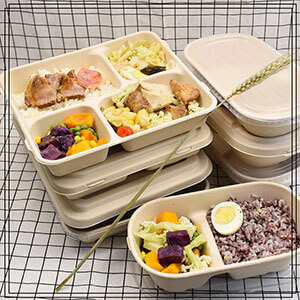Introduction to Paper Straws
Paper straws are eco-friendly alternatives to plastic straws, reducing the environmental impact of plastic waste. Plastic straws pollute beaches with billions discarded annually. With a 200-year lifespan, they generate tons of microplastics and burden landfills. Paper straws offer a sustainable solution, minimizing plastic pollution and protecting ecosystems.
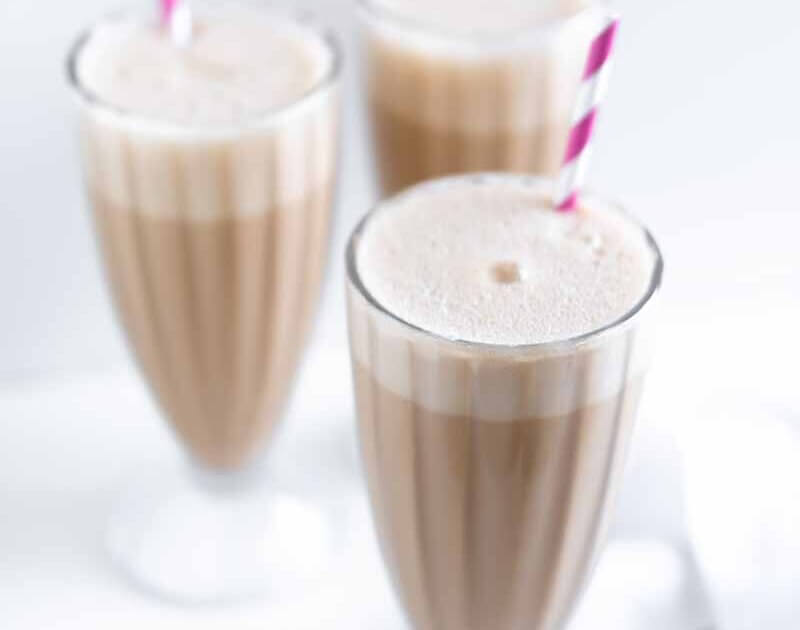
Definition and Purpose of Paper Straws:
Paper straws are cylindrical tubes made from paper or cardboard materials, typically used as an alternative to plastic straws. They are designed to allow individuals to enjoy beverages without direct contact with the container, just like plastic straws. The purpose of paper straws is to provide a convenient and environmentally friendly way to consume drinks while reducing the negative impact of plastic waste on the environment.
Environmental Impact of Plastic Straws:
Plastic straws contribute to staggering environmental hazards, posing a significant threat to marine life and generating microplastics. Approximately 8.3 billion plastic straws litter beaches globally, ranking among the top items collected during cleanups. With an estimated 200-year lifespan, they persist in the environment and produce around 2,000 tons of microplastics. The United States alone consumes 500 million plastic straws daily, burdening landfills for centuries. These alarming statistics highlight the urgent need for sustainable alternatives like paper straws to mitigate plastic pollution and safeguard ecosystems. Made from polypropylene, plastic straws take centuries to decompose and contribute to pollution and wildlife harm.
The manufacturing process of plastic straws also contributes to environmental issues. It involves extracting fossil fuels, producing greenhouse gas emissions, and consuming significant amounts of energy and water resources. Additionally, the disposal of plastic straws often involves incineration or landfilling, both of which have adverse effects on the environment.
Advantages of Paper Straws
Paper straws have numerous advantages: biodegradability, sustainable production, reduced environmental footprint, wildlife safety, non-toxicity, and customizable designs. They serve as eco-friendly alternatives to plastic straws, contributing to a greener and safer environment.
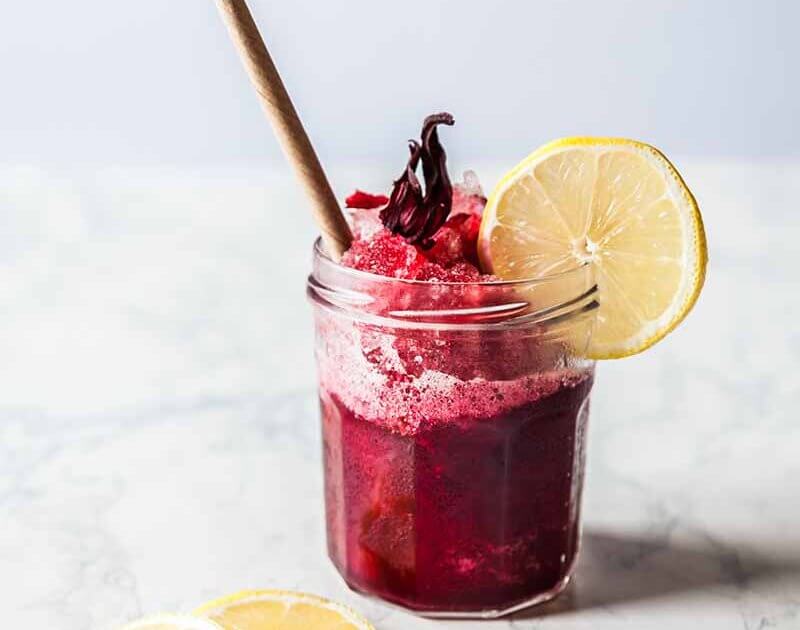
Biodegradability and Compostability:
One of the key advantages of cardboard straws is their biodegradability. Being made from paper, they break down naturally over time, unlike plastic straws that persist in the environment for hundreds of years. Paper straws can decompose in a matter of weeks or months, reducing their impact on landfills and ecosystems. Moreover, they are often compostable, meaning they can be added to organic waste for composting, further minimizing their environmental footprint.
Renewable Resource and Sustainable Production:
Paper straws are typically made from renewable resources, such as sustainably harvested trees. Trees can be replanted and grown again, making paper a more sustainable material compared to plastic derived from fossil fuels. The production of paper straws also tends to have a lower environmental impact, requiring fewer energy and water resources compared to the manufacturing process of plastic straws.
Reduced Environmental Footprint:
The production of paper straws generally requires fewer resources compared to plastic straws. It consumes less energy, water, and emits fewer greenhouse gases during manufacturing, making it a more environmentally friendly option.
Safe for Wildlife:
Unlike plastic, paper straws do not pose the same risks to marine animals and wildlife. If accidentally ingested, paper straws are less likely to cause harm to animals and are more likely to break down harmlessly.
Non-toxic and Safe for Consumption:
Paper straws are generally considered non-toxic and safe for consumption. They undergo specific manufacturing processes to ensure they meet safety standards for food contact. Unlike some plastic straws that may contain potentially harmful chemicals, earth-friendly straws provide a safer option for individuals to enjoy their beverages without concerns about chemical leaching.
Wide Range of Design Options and Customization:
Paper drinking straws offer versatility when it comes to design options and customization. They can be produced in various colors, patterns, and thicknesses, allowing businesses and individuals to choose straws that match their aesthetic preferences or branding needs. This versatility makes paper straws an appealing choice for events, parties, and businesses seeking personalized and eye-catching alternatives to plastic straws.
To encourage the transition from plastic to paper straws, many businesses, restaurants, and organizations have started adopting biodegradable straws as the default option. Governments have also implemented regulations and bans on single-use plastic items, including straws, further promoting the use of sustainable alternatives. Here are some countries or cities that have explicitly banned plastic straws:
Considerations When Choosing Paper Straws
When choosing paper straws, consider their durability, compatibility with various beverages, packaging and storage requirements, and cost-effectiveness. Look for sturdy straws that maintain shape, sizes suitable for different drinks, convenient packaging, and evaluate long-term value including environmental impact and customer preferences.
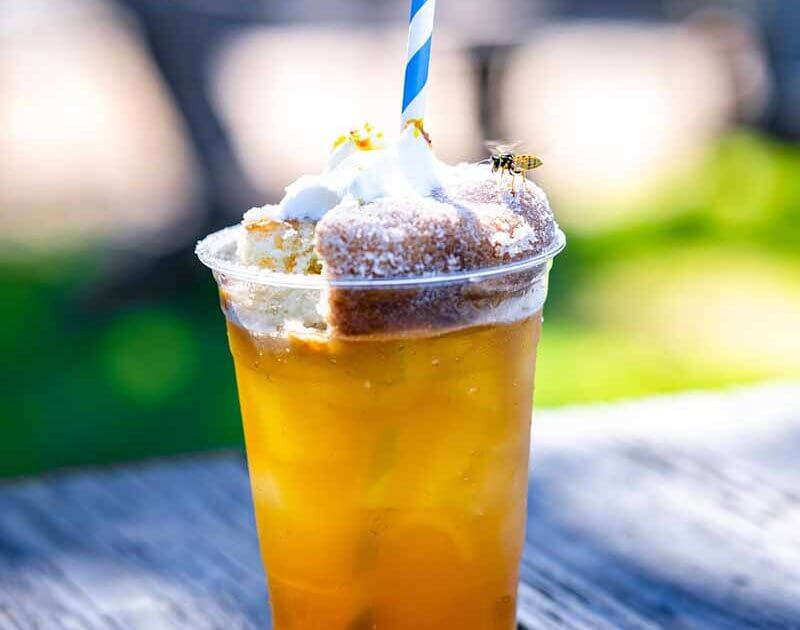
Durability and Performance:
When selecting paper straws, it’s important to consider their durability and performance. Look for straws that are sturdy and capable of withstanding the intended use without becoming soggy or losing their shape. High-quality eco friendly paper straws are designed to maintain their structural integrity, even when used with cold or hot beverages for extended periods.
Compatibility with Various Beverages:
Paper straws come in a range of sizes and designs to cater to different beverage types. Consider the following options based on beverage compatibility:
Jumbo Paper Straw: Ideal for thick shakes, smoothies, and slushies that require a wider diameter for easy sipping.
Giant Paper Straw: Designed for larger-sized beverages, such as oversized milkshakes or specialty drinks served in big containers.
Colossal Paper Straw: Suitable for extra-large beverages, providing a wider diameter for an effortless drinking experience.
Cocktail Paper Straw: Specially designed for cocktails, these smaller-sized straws are perfect for sipping mixed drinks or enjoying garnished beverages.
Eco-Flex Paper Straw: Flexible paper straws that offer versatility for both cold and hot beverages, bending easily without compromising functionality.
Ensure the paper straws you choose are compatible with the specific beverages you serve, taking into account their temperature, thickness, and overall drinking experience.
Packaging and Storage Requirements:
Evaluate the packaging and storage requirements of cardboard straws. Consider factors such as the quantity of straws per package and how they are individually wrapped or bundled. Opt for packaging that is convenient for storage, easy to access, and minimizes waste. Additionally, consider the shelf life and any specific storage conditions recommended to maintain the quality of the compostable straws.
Cost-effectiveness and Economic Feasibility:
Assess the cost-effectiveness and economic feasibility of paper straws for your specific needs. While paper straws may have a higher initial cost compared to plastic straws, it’s crucial to evaluate their long-term value. Consider factors such as the potential savings from reduced environmental impact, customer preferences for eco-friendly options, and any associated marketing benefits.
Types of Paper Straws
Paper straws come in plain, patterned, and printed options, offering versatility for different beverages. Customized branding is available for businesses. Various sizes and diameters cater to diverse drink preferences, making them a stylish and sustainable choice.

Plain Paper Straws:
Plain paper straws are simple and straightforward in design, typically featuring a solid color or natural brown appearance. They offer a clean and minimalist look, suitable for a wide range of beverage options.
Patterned and Printed Paper Straws:
Patterned and printed paper straws add a touch of style and visual interest to beverage presentations. They come in a variety of patterns, including stripes, polka dots, chevron, or floral motifs. These straws can complement different themes, events, or personal preferences, adding a fun and decorative element to drinks.
Customized Branding Options:
For businesses and events, customized branding options are available. These biodegradable straws can be personalized with logos, names, or specific messages, helping to promote brands or create a unique touch for special occasions. Customized paper drinking straws offer a branding opportunity that enhances the overall beverage experience and reinforces brand identity.
Various Sizes and Diameters:
Paper straws come in a range of sizes and diameters to accommodate different types of beverages. Standard-sized straws work well with most regular drinks, while jumbo-sized straws are suitable for thicker beverages like smoothies or milkshakes. Cocktail-sized straws are designed for smaller drinks or mixed cocktails. The availability of various sizes ensures that paper straws can meet the diverse needs of different beverages and drinking preferences.
Manufacturing Process of Paper Straws
The manufacturing process of paper straws involves sourcing sustainable materials, pulping, forming, drying, cutting, and packaging. Eco-friendly practices are implemented to ensure a responsible approach to single-use utensils.

Sourcing Sustainable Materials:
The manufacturing process of paper straws begins with sourcing sustainable materials. This involves obtaining paper from responsibly managed forests or using recycled paper. Sustainable sourcing ensures the conservation of natural resources and promotes environmentally friendly practices.
Pulping and Paper Production:
The next step is pulping and paper production. The sourced materials are processed through pulping, where they are broken down into fibers. These fibers are then mixed with water to create a pulp. The pulp is refined, cleaned, and processed further to remove impurities and create a smooth and consistent paper material.
Formation and Shaping of Straws:
The paper material is then formed into long, cylindrical tubes, which will become the paper straws. The paper may go through a lamination process to increase durability and make it resistant to liquid absorption. The straws can be formed using specialized machinery that rolls and bonds the paper, creating a seamless and secure tube.
Drying, Cutting, and Packaging:
After the formation of the paper straws, they go through a drying process to remove any remaining moisture. Once dried, the long tubes are cut into desired lengths, typically ranging from a few inches to several inches. The straws are then inspected for quality control, ensuring they meet the required standards.
Finally, the paper straws are packaged, ready for distribution and use. Packaging may involve bundling multiple straws together or individually wrapping them to maintain cleanliness and prevent contamination. The packaged environmentally friendly straws are then ready to be shipped and distributed to various businesses, restaurants, or retailers.
Throughout the manufacturing process, attention is given to maintaining eco-friendly practices, such as minimizing water usage, recycling waste materials, and optimizing energy efficiency. This ensures that the production of eco friendly paper straws aligns with sustainable principles and contributes to a greener and more responsible approach to single-use utensils.
Usage and Handling Tips
Proper disposal methods, including biodegradability and composting, are important for paper straws. Store them in a cool, dry place to maintain quality. Handle with care to avoid compromising structural integrity, and protect them during transportation to preserve functionality.

Proper Disposal Methods:
When using paper straws, it’s important to practice proper disposal methods. Paper straws are generally biodegradable and compostable, so they can be disposed of in organic waste or compost bins. Avoid throwing them in regular trash bins or littering, as this can hinder their ability to decompose properly. By disposing of cardboard straws responsibly, you contribute to minimizing environmental impact and promoting a more sustainable waste management system.
Storage and Shelf-Life Considerations:
To maintain the quality of paper straws, it’s important to store them properly. Keep them in a cool, dry place away from direct sunlight and moisture. Excessive exposure to heat or humidity can cause the straws to deteriorate or become less sturdy.
Handling and Transportation Guidelines:
When handling paper straws, it’s recommended to avoid excessive bending or squeezing, as this can compromise their structural integrity. Handle them gently and avoid using excessive force when inserting them into beverage containers. During transportation, ensure that the biodegradable straws are protected from any crushing or damage. Proper handling and transportation practices help maintain the quality and functionality of the cardboard straws.
Maintenance and Cleaning
Paper straws are designed for single-use, eliminating the need for cleaning. Reusable options like stainless steel, glass, or silicone straws offer durability and easy cleaning for multiple uses.

Single-Use vs. Reusable Options:
Paper straws are typically designed for single-use purposes, meaning they are intended to be discarded after one use. This eliminates the need for cleaning and maintenance. However, if you prefer a reusable option, there are alternatives available such as stainless steel, glass, or silicone straws that can be washed and reused multiple times.
Cleaning Methods for Single-Use Paper Straws:
Cleaning single-use paper straws is not recommended due to their biodegradable nature. Instead, it is best to dispose of them properly after use. If there are residual liquids or debris in the straw, you can rinse them with water before disposing of them in the appropriate waste bin.
Potential Limitations and Alternatives for Reuse:
While eco friendly paper straws are primarily designed for single-use, there are limitations to reusing them due to their composition and potential for degradation. If you prefer a reusable option, consider alternatives like stainless steel, glass, or silicone straws that can be cleaned and reused. These materials offer durability and ease of cleaning, making them suitable for multiple uses.
Challenges and Limitations
Paper straws face challenges with moisture resistance and usability concerns. They may degrade in certain beverages with high acidity or temperature. Availability and accessibility of paper straws vary in different regions. Consider compatibility, availability, and explore alternative eco-friendly options when necessary.
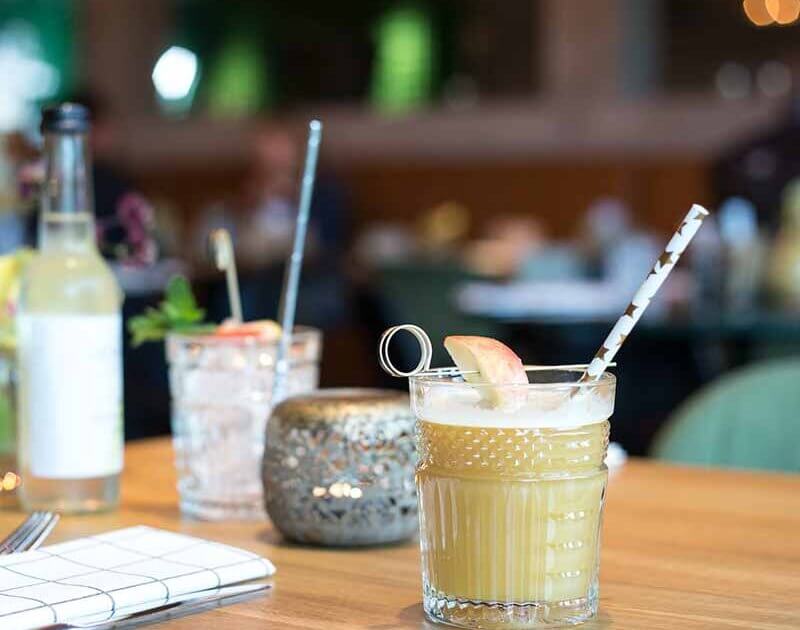
Moisture Resistance and Usability Concerns:
One of the challenges with paper straws is their moisture resistance. While they are designed to withstand liquids for a certain period, prolonged exposure to moisture can cause them to become soft or disintegrate. This can lead to usability concerns, such as the straw losing its shape or becoming difficult to drink from. It is important to consider the intended use and duration of the beverage when choosing paper straws to ensure they can maintain their functionality throughout the desired timeframe.
Potential for Degradation in Certain Beverages:
Paper straws may have limitations in certain beverages, particularly those with high acidity or high-temperature liquids. Acidic beverages like citrus juices or alcoholic drinks may cause the paper straws to break down or impart a slight taste to the beverage. Similarly, hot beverages can weaken the structure of the compostable straws, affecting their performance. It is advisable to assess the compatibility of cardboard straws with specific beverages and consider alternative options if necessary.
Availability and Accessibility in Various Regions:
The availability and accessibility of cardboard straws can vary in different regions. While they are increasingly popular and widely available in many areas, some regions may have limited access to paper straw options. This can be due to factors such as local manufacturing capabilities, distribution networks, or market demand. It’s important to consider the local availability of paper straws or explore alternative eco-friendly options if they are not readily accessible in your region.
Case Studies and Success Stories
Prominent companies like Starbucks and McDonald’s have adopted paper straws, reducing plastic waste. Consumers prefer sustainable options, and social media engagement promotes awareness and positive environmental impact.

Companies and Organizations Adopting Paper Straws:
Numerous companies and organizations have embraced the use of paper straws as part of their sustainability initiatives. Here are some notable examples:
Starbucks: In an effort to reduce plastic waste, Starbucks announced a global initiative to eliminate single-use plastic straws by transitioning to biodegradable straws in their stores worldwide. This commitment has significantly contributed to the reduction of plastic straw consumption and raised awareness about the importance of sustainable alternatives.
McDonald’s: As one of the largest fast-food chains globally, McDonald’s has made substantial progress in adopting paper drinking straws. They have implemented paper straws in many of their restaurants and continue to expand their use to reduce plastic waste.
Event and Hospitality Industry: Numerous hotels, restaurants, and event venues have started using paper straws as an eco-friendly alternative. They prioritize sustainable practices and provide customers with environmentally conscious options for their beverages.
Positive Environmental Impact and Consumer Response:
The adoption of compostable straws has led to positive environmental outcomes and garnered positive responses from consumers. Some key benefits and consumer reactions include:
Plastic Waste Reduction: By replacing plastic straws with paper straws, there has been a significant reduction in plastic waste, particularly in the food and beverage industry. This switch contributes to the overall goal of reducing plastic pollution and protecting marine ecosystems.
Consumer Preference for Sustainable Options: Consumers are increasingly conscious of the environmental impact of their choices and are favoring businesses that offer sustainable alternatives. The availability of paper straws allows consumers to make eco-friendly choices while enjoying their favorite beverages.
Social Media Awareness and Engagement: The use of paper drinking straws has gained attention on social media platforms, with individuals and influencers sharing their positive experiences and encouraging others to adopt sustainable practices. This awareness has further influenced consumer behavior and prompted businesses to prioritize eco-friendly solutions.
Future of Paper Straws
The future of paper straws is promising, with advancements in technology and collaborations driving innovation. Enhanced materials and coatings will improve durability and moisture resistance. With increasing consumer demand and regulatory pressures, widespread adoption of paper straws across industries is expected.
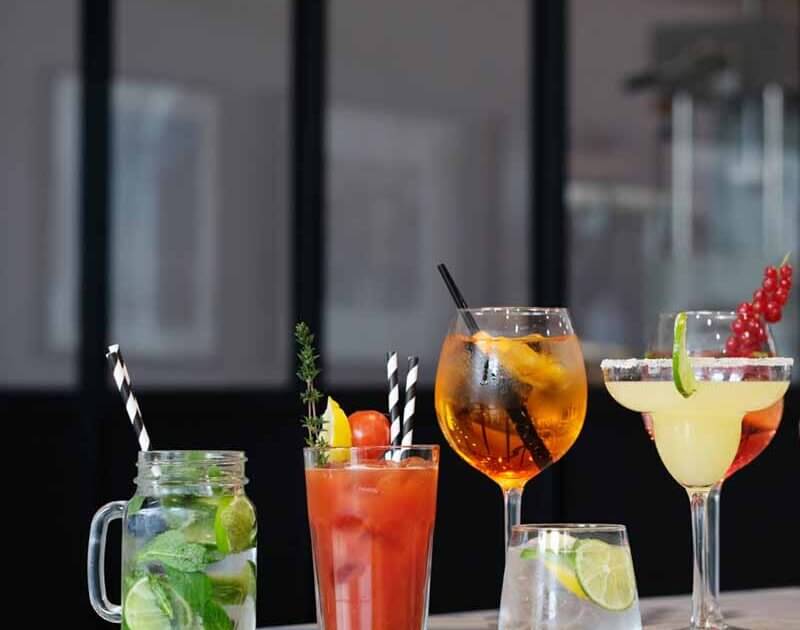
Technological Advancements and Innovations:
The future of eco friendly paper straws holds exciting prospects for technological advancements and innovations. Researchers and manufacturers are continually exploring new materials and production techniques to enhance the durability, moisture resistance, and overall performance of cardboard straws. Advancements such as improved coatings or treatments may further enhance their functionality, making them even more reliable for a wider range of beverage options.
Collaborations and Industry Initiatives:
Collaborations among industry players, organizations, and governments will play a crucial role in shaping the future of paper straws. Partnerships that promote research and development, share best practices, and collaborate on sustainability initiatives will foster innovation and drive the adoption of paper drinking straws on a larger scale. These collaborations may involve sharing knowledge, resources, and expertise to overcome challenges and accelerate the transition to more sustainable alternatives.
Potential for Widespread Adoption:
The potential for widespread adoption of paper straws is significant. As awareness about plastic pollution and environmental concerns continues to grow, consumers are increasingly demanding eco-friendly alternatives. The combination of consumer demand, regulatory pressures, and corporate responsibility will likely drive the widespread adoption of biodegradable straws across industries, including food and beverage establishments, hospitality, and events.
Choose Eco March for sustainable paper straws and join our mission to create a greener world. Embrace eco-friendly options, make a positive impact, and protect the planet.
John Q
John Q is Eco March’s Product Manager. With 5 years of prior experience in the food industry after graduating from university, he has been an integral part of Eco March. He excels in creating and developing eco-friendly food packaging products with a keen focus on enhancing the consumer experience.
Latest Products
Contact Us
Phone: +86 1358 4476 870
WhatsApp: +86 1358 4476 870
Email: info@ecomarch.com
Address: No.1179, TangShi Road, YangShe Town, ZhangJiaGang City, Jiangsu Province, China











